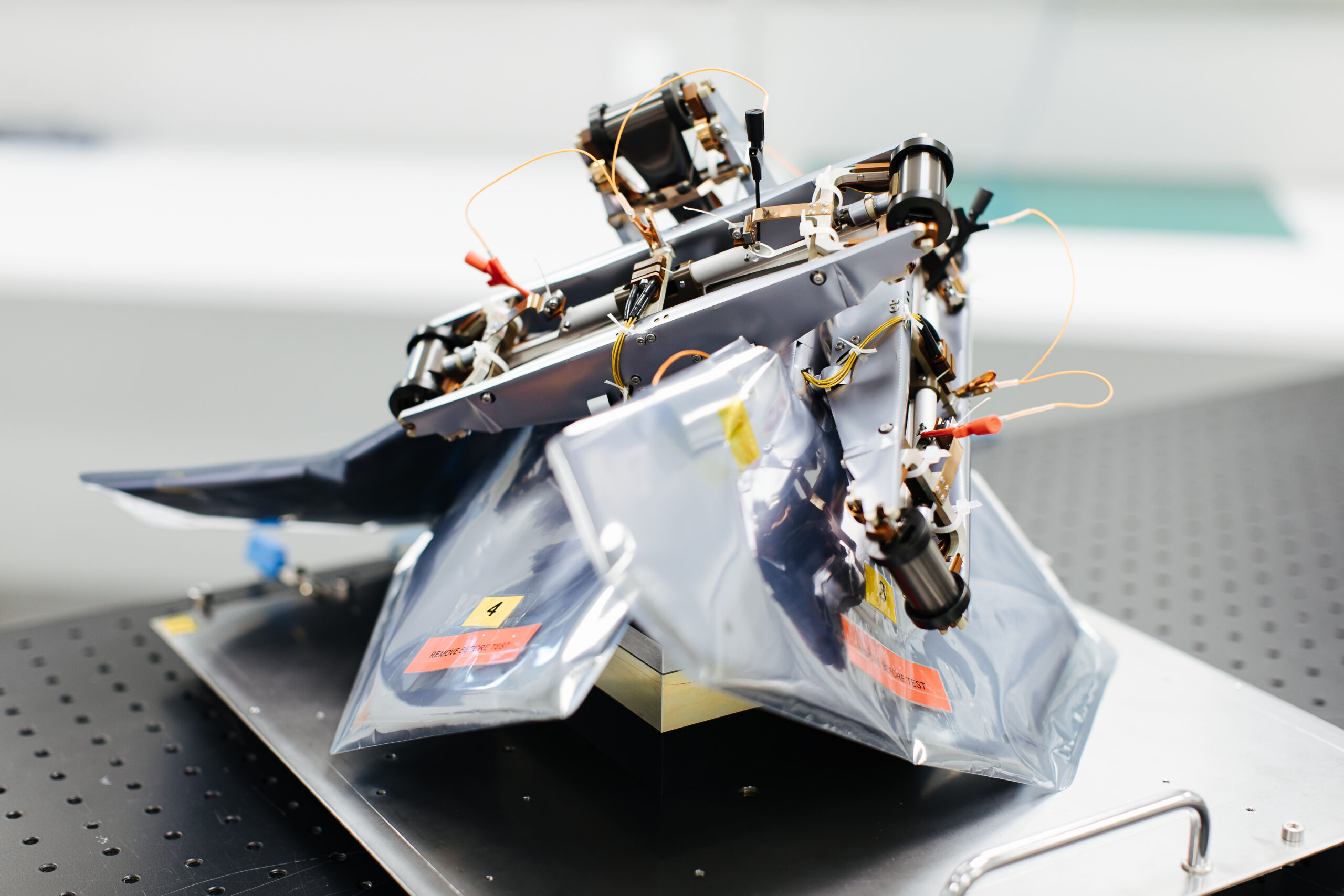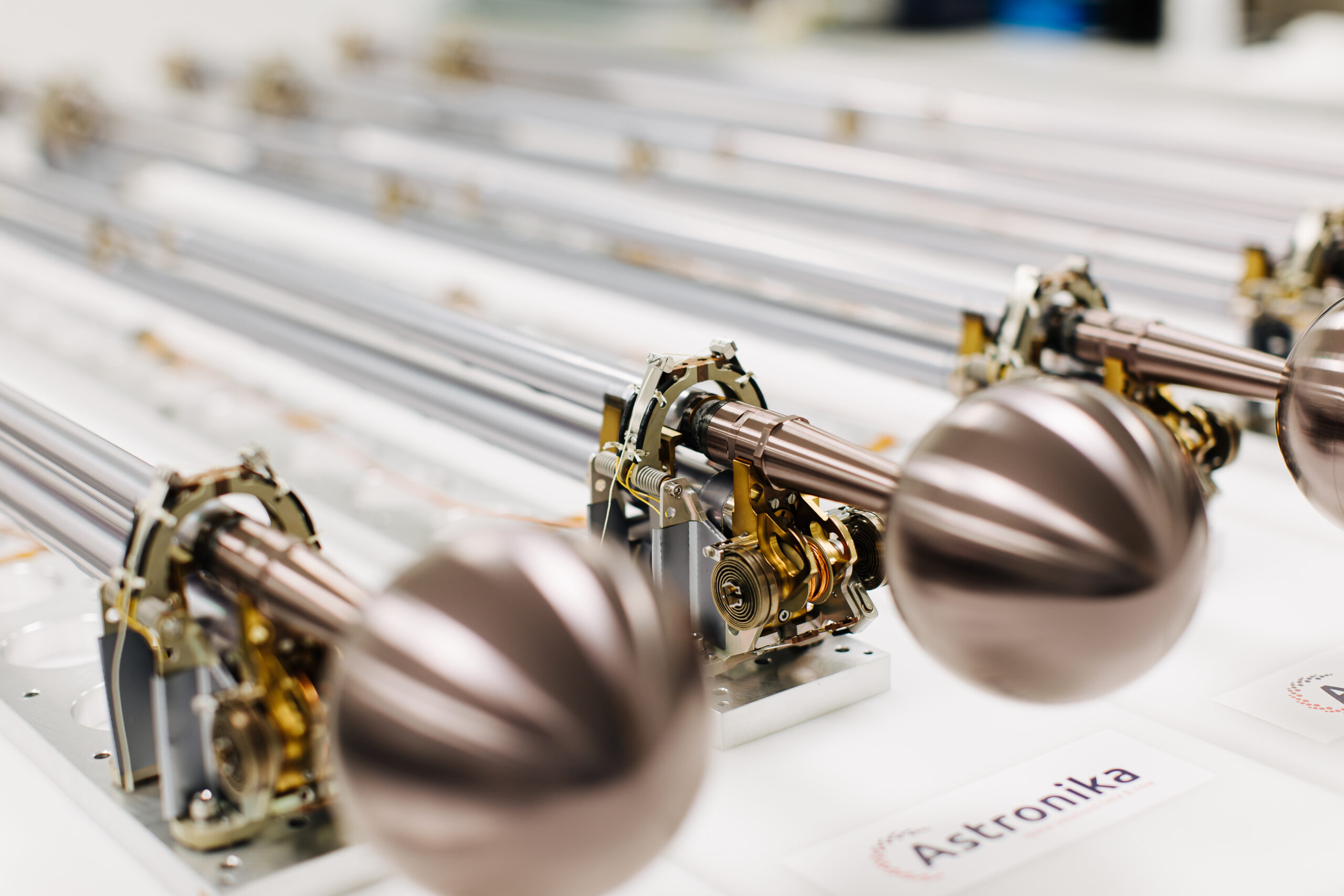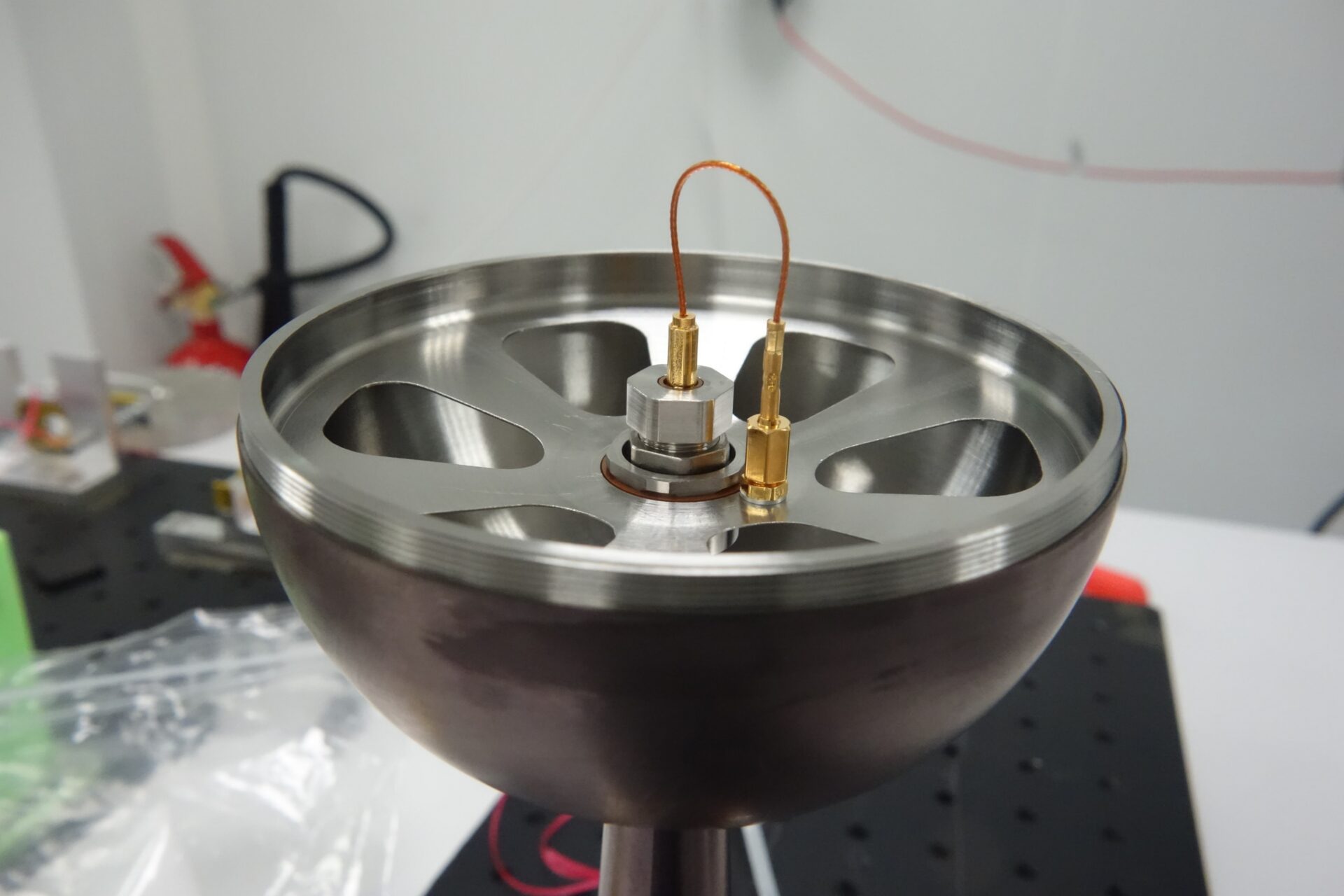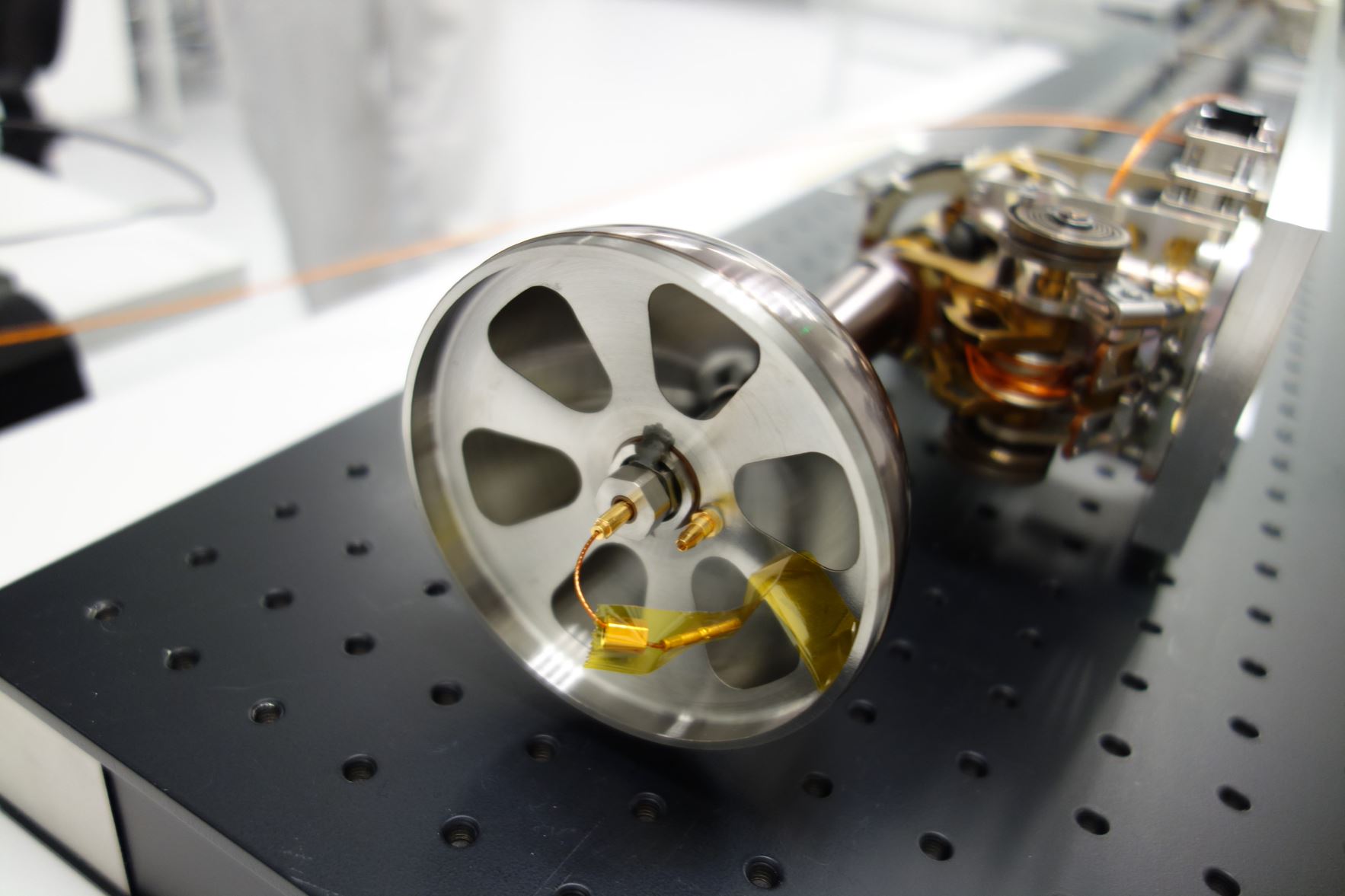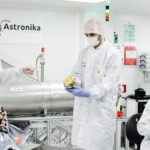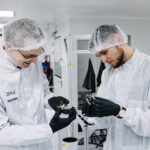Each successful space mission is the fruit of many years of cooperation between dozens of entities and hundreds of scientists, engineers, and managers. Our work resulted in the creation of several new technologies and a patent. Inventing and procuring appropriate components required close, long-term cooperation between a number of Polish subcontractors – universities, institutes and private companies. Behind each of these entities is a separate technology that had to be developed as part of the project.
We would like to thank not only our colleagues and partners, but also the Ministry of Education and Science. By funding the ESA Prodex programme, they integrate the activities of scientists and engineers at a national level. Without them, all of this would not be possible. Only together can we reach for the stars – literally! – said Łukasz Wiśniewski from Astronika.

